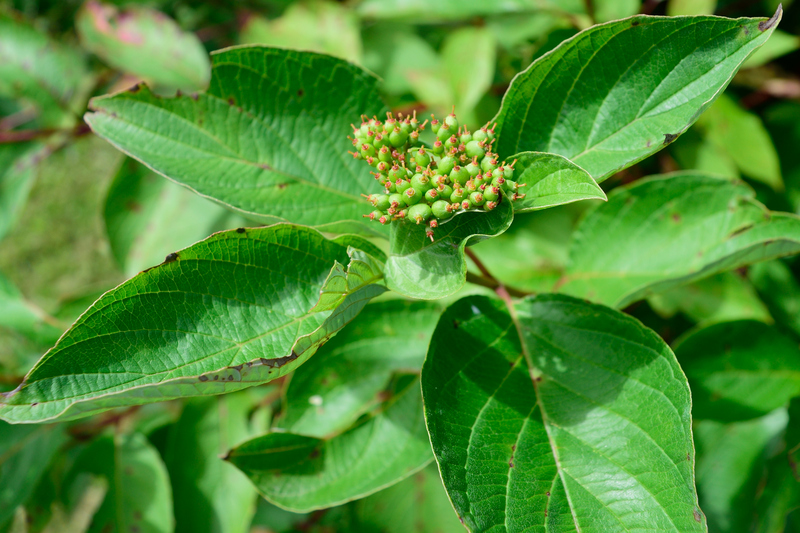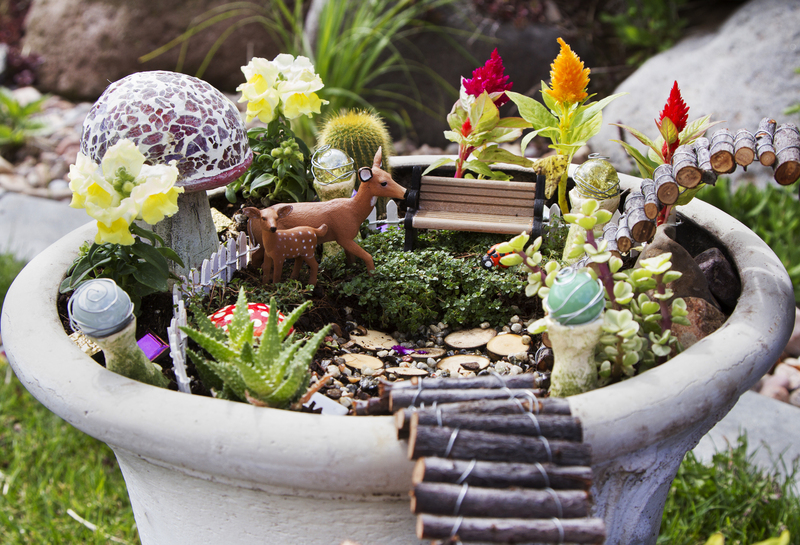Evergreen Climbers for Shade: Bringing Life to Shady Corners
Posted on 17/06/2025
Evergreen Climbers for Shade: Bringing Life to Shady Corners
Transforming shaded areas in your garden into vibrant, visually appealing spaces can be a rewarding challenge. One effective way to achieve this is by incorporating evergreen climbers for shade. These versatile plants not only cover unsightly walls and fences but also add depth and texture to the landscape. This article will explore various evergreen climbers that thrive in shaded environments, offering a palette of colors, textures, and seasonal interest.
The Charm of Evergreen Climbers
Evergreen climbers are invaluable in a garden because they provide year-round foliage, enhancing aesthetic appeal even in the off-season. Below, we delve into the characteristics that make these plants indispensable for creating life in shadowed regions:
- Year-round beauty: With leaves that persist throughout the year, evergreen climbers ensure your garden remains lively regardless of the season.
- Space-saving elegance: These plants grow vertically, making them a smart choice for small gardens or areas with limited horizontal space.
- Aesthetic diversity: From glossy green leaves to delicate textures, evergreen climbers offer a wide range of visual interest.
Top Evergreen Climbers for Shade
Here are some popular and reliable evergreen climbers that flourish in shady spots, each bringing its unique charm to your garden.
1. Hedera helix (English Ivy)
One of the most classic climbers, English Ivy is renowned for its lush green foliage that effortlessly blankets walls and structures. It can adapt to both partial and full shade, making it a versatile choice. Not only is it low maintenance, but it also helps insulate structures and improve air quality, adding functional benefits to its beauty.
2. Euonymus fortunei (Wintercreeper)
The Wintercreeper is a resilient option that thrives in various lighting conditions, including deep shade. It offers vibrant leaf colors ranging from green to variegated yellow or white. Its ability to climb or sprawl as ground cover makes it a versatile component in garden design.
3. Lonicera japonica (Japanese Honeysuckle)
Known for its sweet fragrance and twining vines, the Japanese Honeysuckle is an excellent climber for shady areas. It adorns your garden with creamy white flowers that mature into pleasing orange-yellow hues. While it requires some management to prevent overgrowth, its attractiveness and aroma are worth the effort.
4. Trachelospermum jasminoides (Star Jasmine)
The Star Jasmine is cherished for its glossy leaves and exquisite, fragrant white flowers. It performs well in partial shade and can be trained on trellises or left to climb walls. Its adaptability and show-stopping blooms make it a favorite among gardeners.
5. Passiflora (Passionflower)
Passionflower is celebrated for its intricate blossoms and lush foliage. While it prefers at least some sunlight, certain varieties can tolerate shadier conditions. The exotic flowers and rapid growth rate make it a standout addition, especially when you desire a tropical touch in your garden.

Design Considerations for Shady Areas
When incorporating climbers for shade into your garden, it's essential to consider the following design elements to maximize their impact:
- Support Structures: Provide adequate support for your climbers to thrive. This can include trellises, arbors, or walls that the plants can attach to as they grow.
- Spacing and Growth: Pay attention to the growth habits of your chosen climbers. Some, like ivy, can become invasive, so regular maintenance is necessary to control spread.
- Companion Planting: Pair climbers with complementary underplantings such as ferns or hostas to create layered interest in shade gardens.
- Water and Nutrition: Shaded areas often retain moisture, reducing watering needs, but ensure your plants receive the required nutrients, possibly with the aid of mulch or compost.

Caring for Evergreen Climbers
Ensuring the longevity and health of your evergreen climbers in shaded zones involves implementing thoughtful care practices:
- Pruning: Regularly prune climbers to maintain shape, promote air circulation, and prevent disease.
- Pest Management: Inspect for pests such as aphids or spider mites, especially under leaves where they often hide.
- Fertilization: A balanced fertilizer applied seasonally will encourage healthy growth, particularly during the growing season.
Conclusion: Enhancing Shaded Spaces
Incorporating evergreen climbers for shade is a strategic way to bring vitality and lushness to areas otherwise overlooked. By selecting the appropriate varieties and implementing thoughtful design and care practices, you can transform your garden's shady corners into thriving, visually engaging spaces. Whether your goal is to beautify a bare wall, create privacy, or simply add an element of intrigue, these climbers can help you achieve a garden that's both lively and enduring.
With these tools and insights at your disposal, dive into the world of gardening's shady side and watch as your garden blossoms in elegance and greenery.

